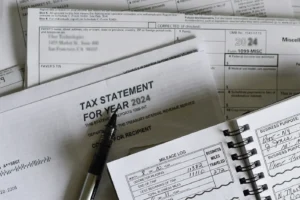

Dissoution
California is a No-Fault divorce state, meaning neither party is blamed for the divorce. The court does not require a showing of wrongdoing. By being No-Fault, parties can focus on the divorce process instead of spending time and money debating whether a divorce should happen. The main ground for Dissolution in California is irreconcilable differences, which have caused the irremediable breakdown of the marriage.
The court can also consider permanent legal incapacity to make decisions as a basis for divorce, but the petitioner must provide proof of the incapacity, typically through medical records and notes from doctors.
A marriage can also be annulled, but specific requirements must be met. An annulment means the marriage never occurred. A void marriage simply means that the marriage was never and can never become valid, based on grounds such as incest or bigamy. A voidable marriage means that the marriage can become valid if an annulment is not sought within a certain amount of time. Grounds for voidable marriages include age of consent issues, fraud, duress, force, physical incapacity, or unsound mind.

California has a 6-month waiting period before the court can grant a divorce and return you to single status. This period starts from the date the summons is served or when the Respondent appears in court. Typically, the Petitioner wants to serve the documents as soon as possible to start the clock for the divorce.
The purpose of these orders is to maintain the status quo until the court can resolve all issues. If the parties are in agreement, they can bypass some of these restraints. When in doubt, get the agreement in writing.








Remember that each county may have specific procedures, so it’s essential to follow the guidelines provided by your local court
Remember that proper service of process establishes personal jurisdiction over the person served, and failure to respond may result in default judgment in favor of the claimant or plaintiff.
1.5 Respondent’s Response
The Responding party has 30 days from the date of service to Respond to the Petition. This is through the FL-120 form. They will fill out much of the same information as included in the Petition. If the responding party fails to file within 30 days. A default could be taken against them.
The parties must disclose all items required of them in the forms. If they leave something out or lie, that party could lose your property and pay fees and fines. This is the court’s power over Omitted assets.
